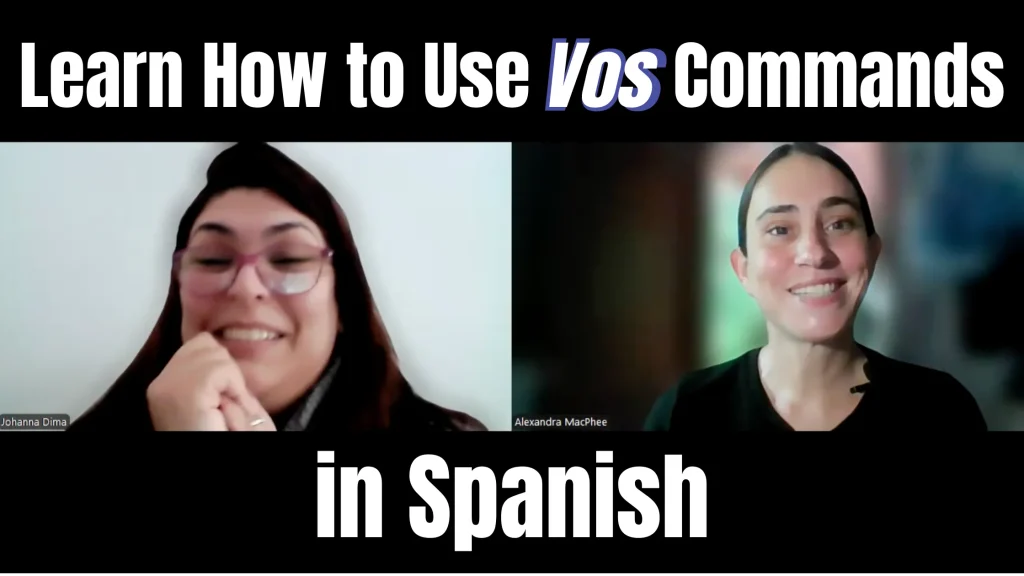In Spanish, one way to ask someone to do something for you is by adding “-me” to the end of certain verbs. This suffix makes the verb reflexive, indicating that the action is directed toward you. It’s commonly used in commands or requests and is an essential feature of conversational Spanish.
Let’s explore how this works with verbs like ayúdame, espérame, llámame, sígueme, and enséñame, and how to adjust these verbs for different levels of formality.
How Does Adding “-me” Work?
By attaching “-me” to a verb, you’re saying “do [the action] to me” or “for me.” For example:
- Ayúdame → Help me.
- Llámame → Call me.
This construction is mostly used in the imperative mood (commands), and you can modify it to be formal (usted) or informal (tú) depending on who you’re speaking to.
Common Verbs You Can Use with “-me”
Here’s a breakdown of commonly used verbs with “-me”, including examples for both tú and usted forms:
- Ayudar (to help)
- Ayúdame (Help me – tú)
- Ayúdeme (Help me – usted)
- Example:
- “Por favor, ayúdame con este paquete.”
(Please help me with this package.)
- “Por favor, ayúdame con este paquete.”
- Esperar (to wait)
- Espérame (Wait for me – tú)
- Espéreme (Wait for me – usted)
- Example:
- “Espérame en la esquina, ya voy.”
(Wait for me at the corner; I’m on my way.)
- “Espérame en la esquina, ya voy.”
- Llamar (to call)
- Llámame (Call me – tú)
- Llámeme (Call me – usted)
- Example:
- “Llámame cuando llegues a casa.”
(Call me when you get home.)
- “Llámame cuando llegues a casa.”
- Seguir (to follow)
- Sígueme (Follow me – tú)
- Sígame (Follow me – usted)
- Example:
- “Por favor, sígueme en esta dirección.”
(Please follow me in this direction.)
- “Por favor, sígueme en esta dirección.”
- Enseñar (to teach/show)
- Enséñame (Teach me/Show me – tú)
- Enséñeme (Teach me/Show me – usted)
- Example:
- “Enséñame cómo funciona este programa.”
(Show me how this program works.)
- “Enséñame cómo funciona este programa.”
Tú vs. Usted: Choosing the Right Form
When deciding between tú and usted, consider the level of formality:
- Use tú with friends, family, or people your age.
- “Espérame cinco minutos, por favor.” (Wait for me five minutes, please.)
- Use usted in formal settings, with elders, or in professional interactions.
- “Espéreme un momento mientras reviso el archivo.” (Wait for me a moment while I check the file.)
Things to Keep in Mind
- Accent Marks Are Essential
When you attach “-me” to a verb, the stress of the word shifts, often requiring an accent mark to maintain proper pronunciation:- Ayuda → Ayúdame
- Espera → Espérame
- Negative Commands
When using negative commands, “-me” goes before the verb, not attached to it:- “No me esperes mucho tiempo.” (Don’t wait for me too long.)
- “No me llame después de las diez.” (Don’t call me after ten.)
Practice Makes Perfect
Learning to use “-me” with verbs is a great way to make your Spanish more natural and conversational. Here’s a quick practice exercise:
- How would you say:
- “Show me the photos.”
- “Help me with my homework.”
- “Follow me to the restaurant.”
Mastering verbs with “-me” adds an essential layer to your Spanish communication skills. Whether you’re asking for help, waiting for someone, or seeking guidance, these constructions are incredibly versatile and widely used. Start practicing them today to sound more fluent and confident in your Spanish conversations!





